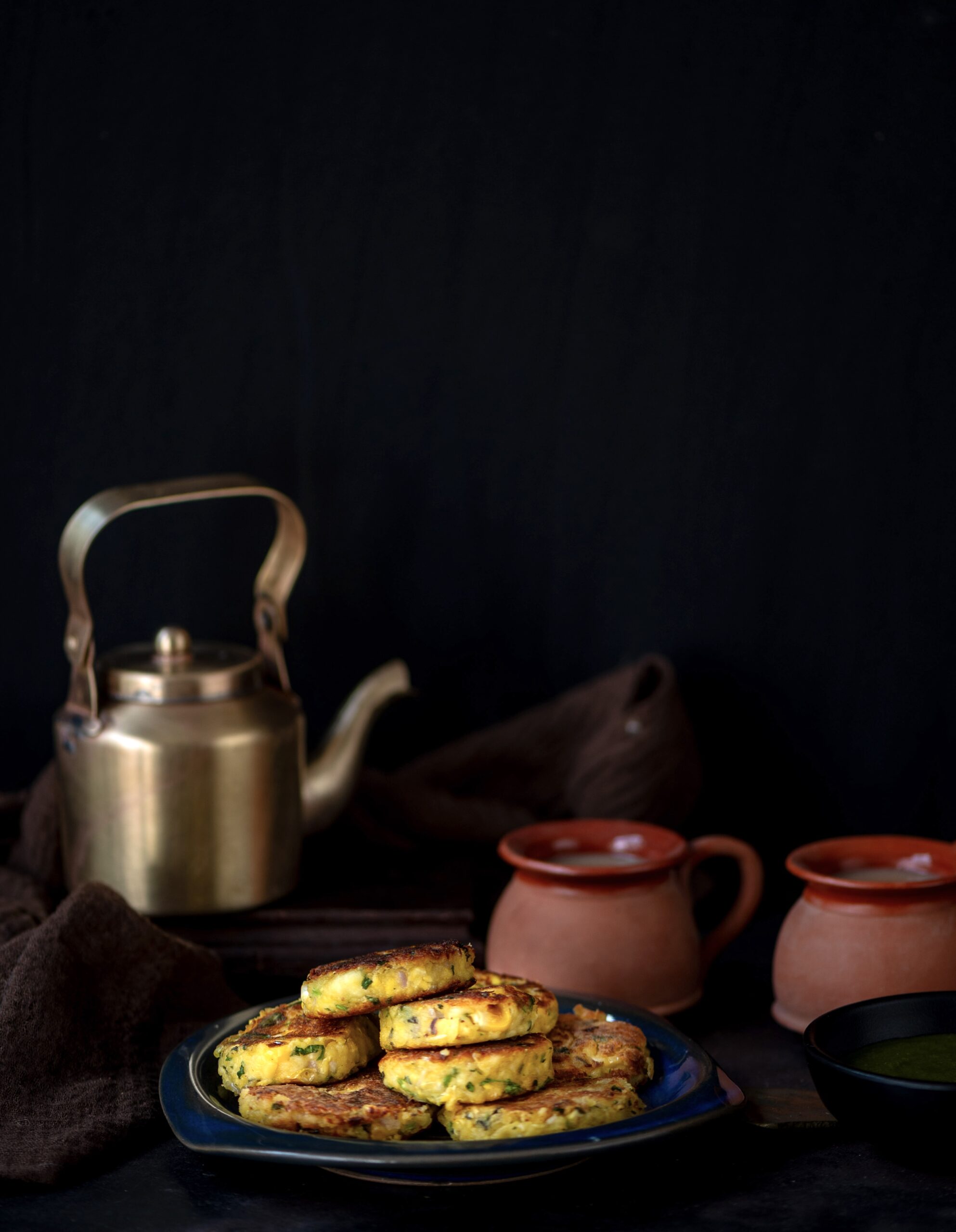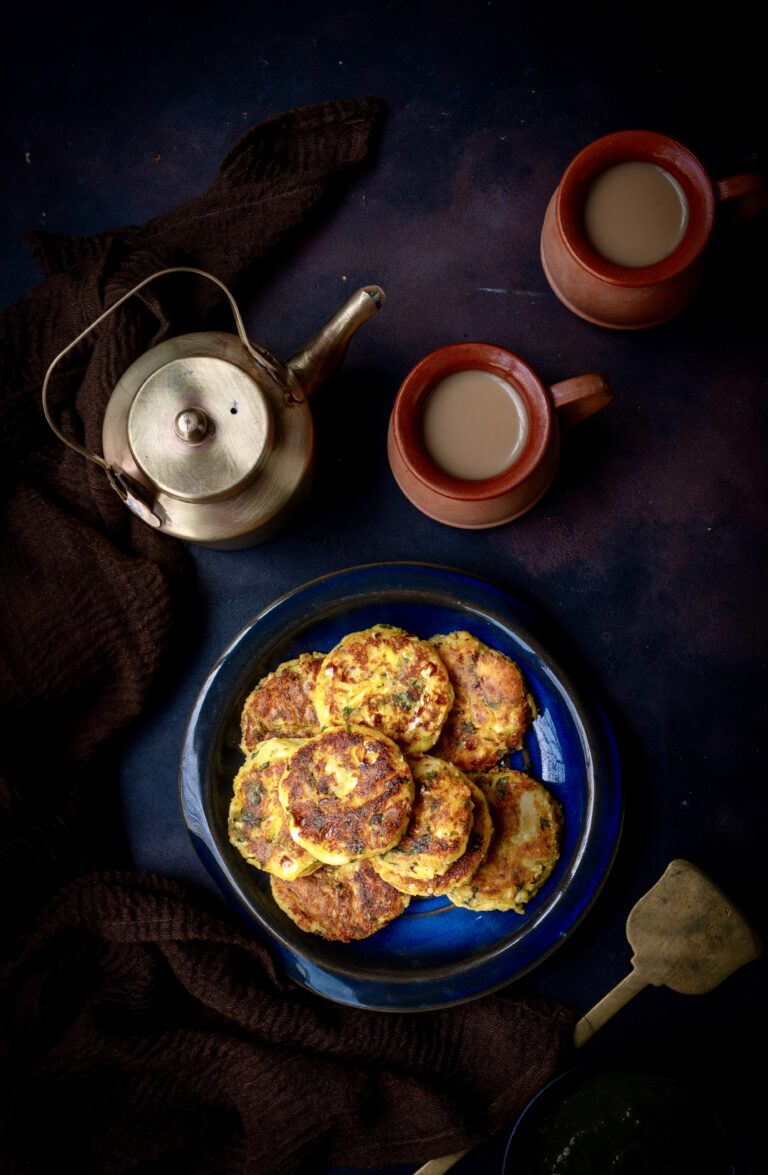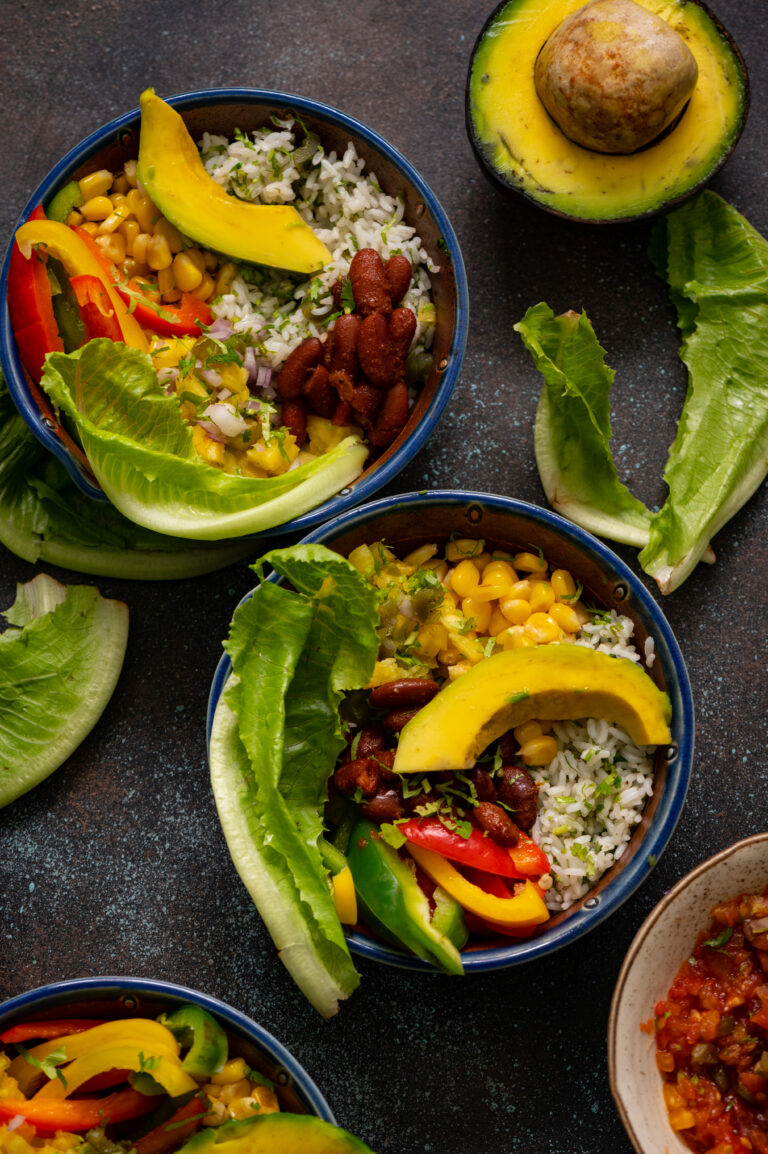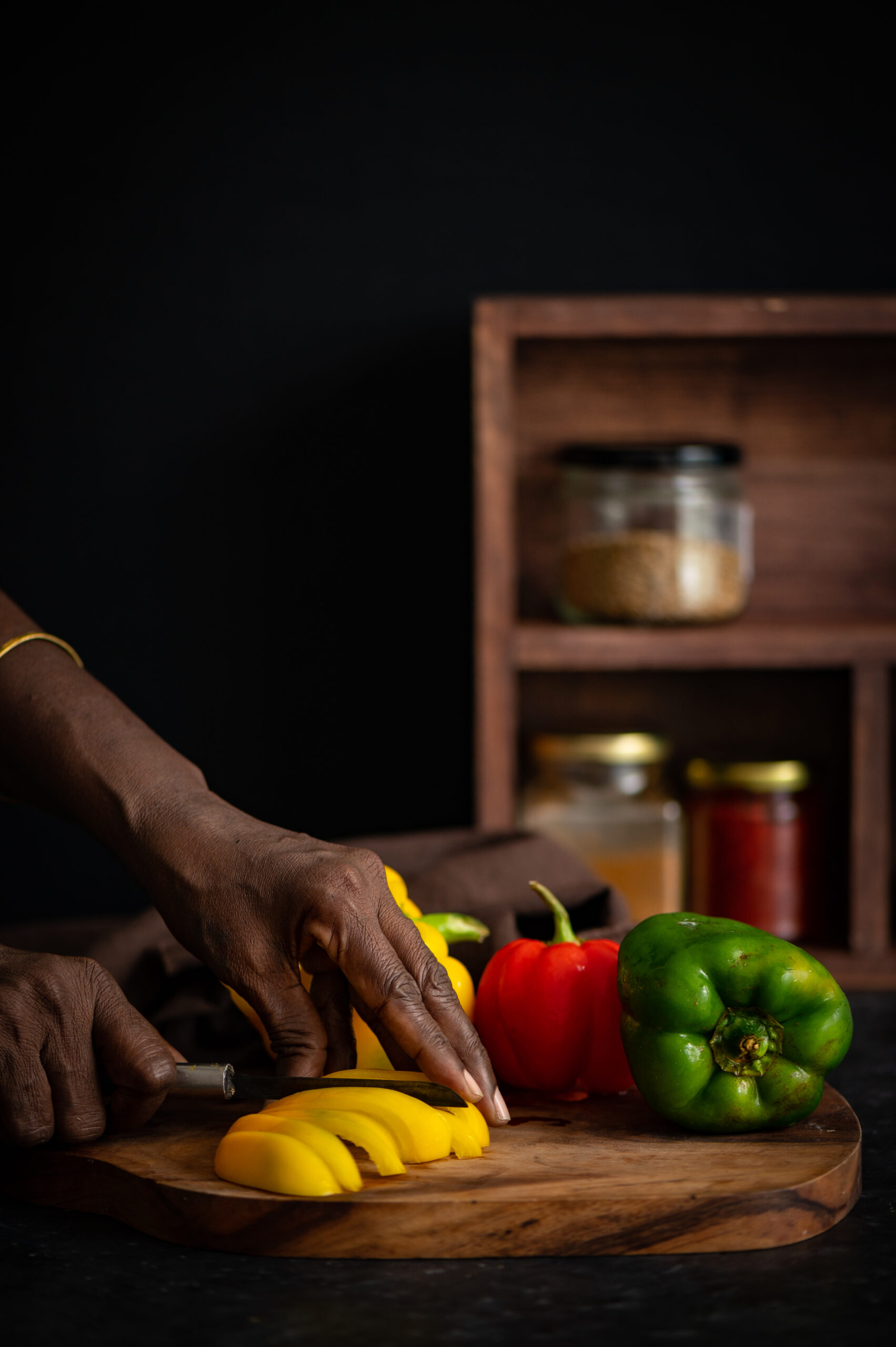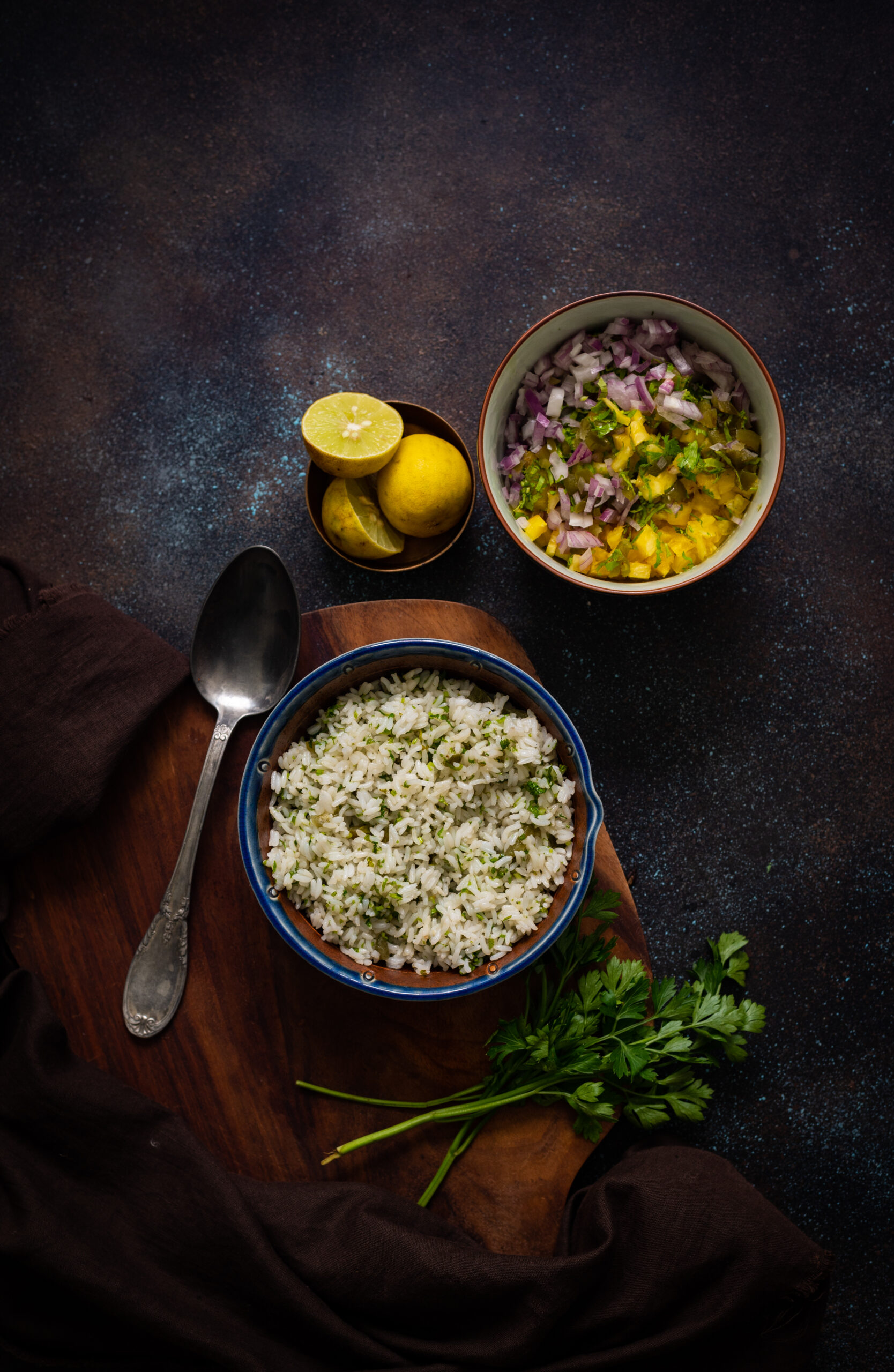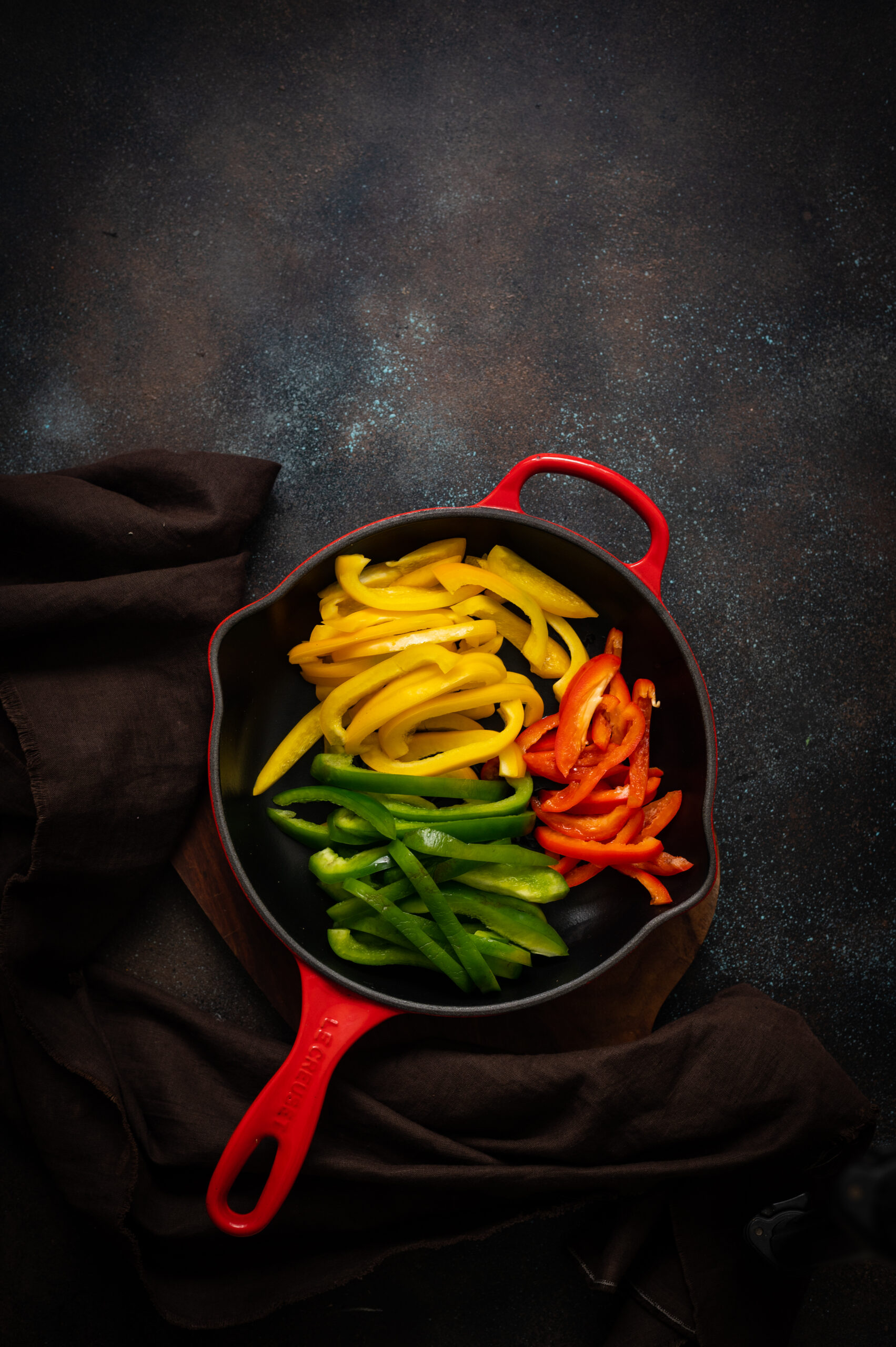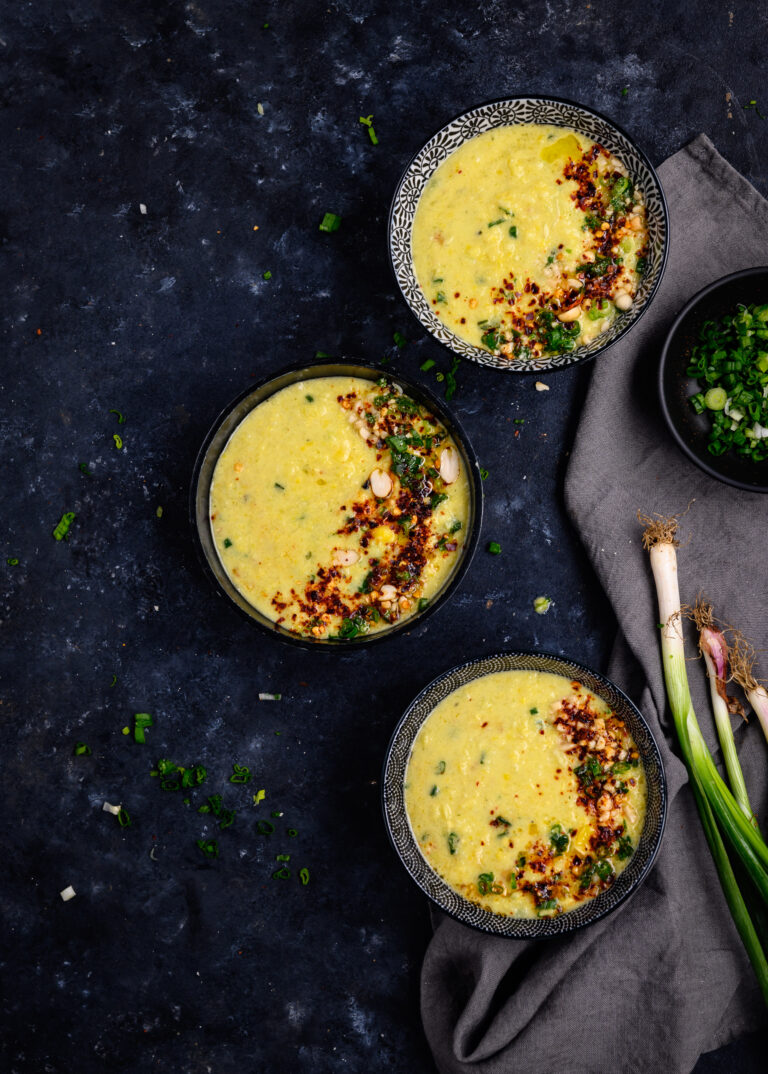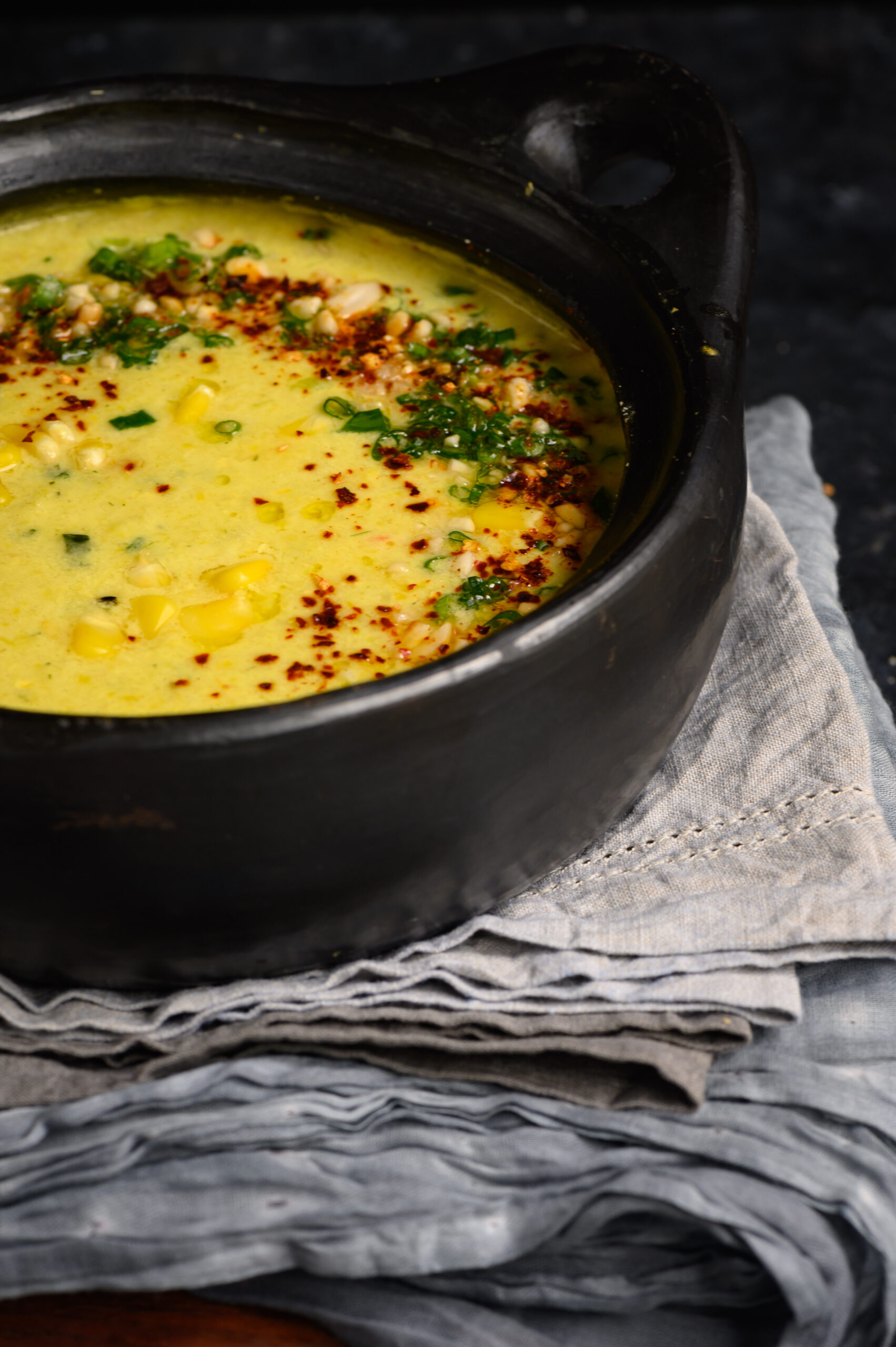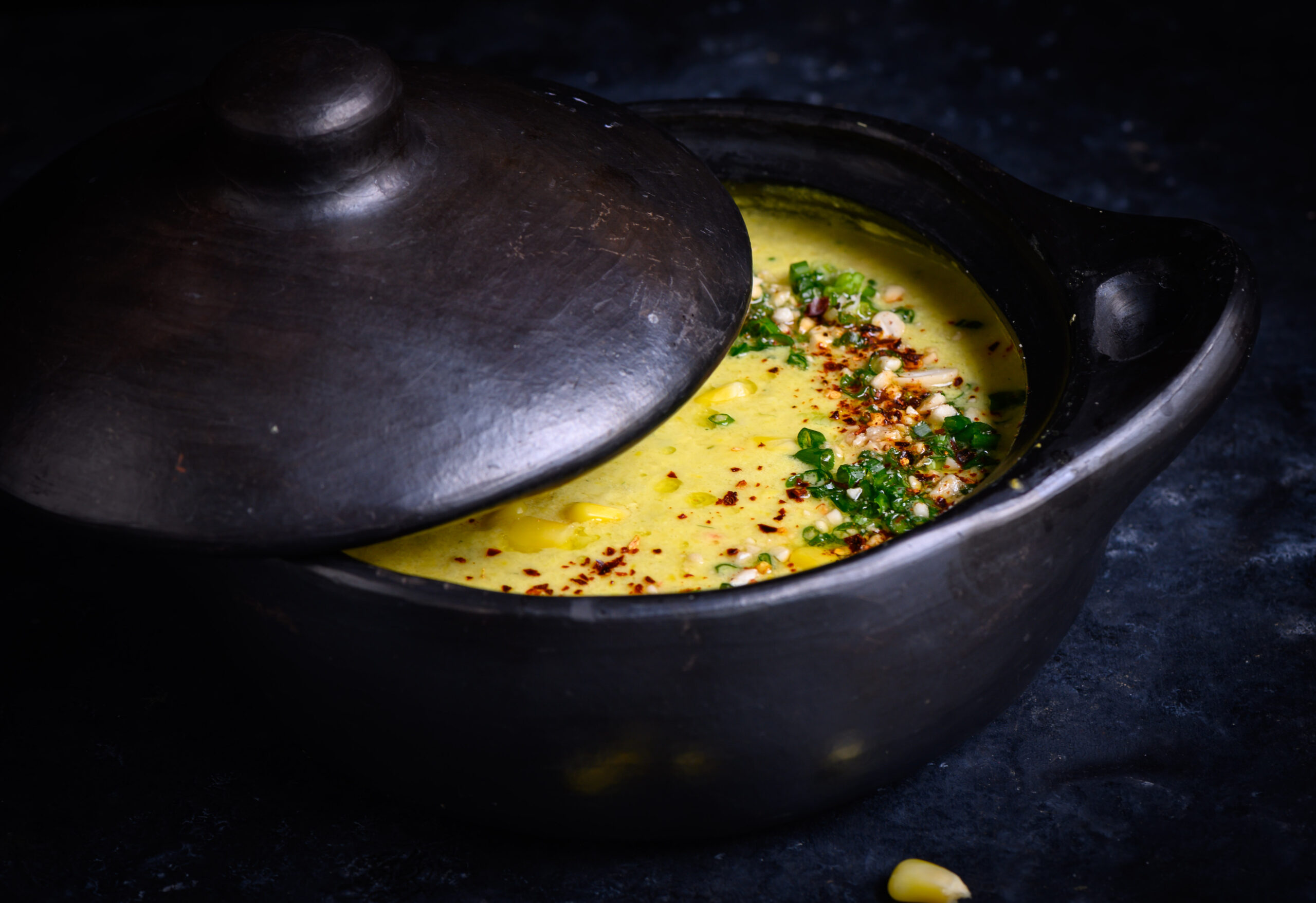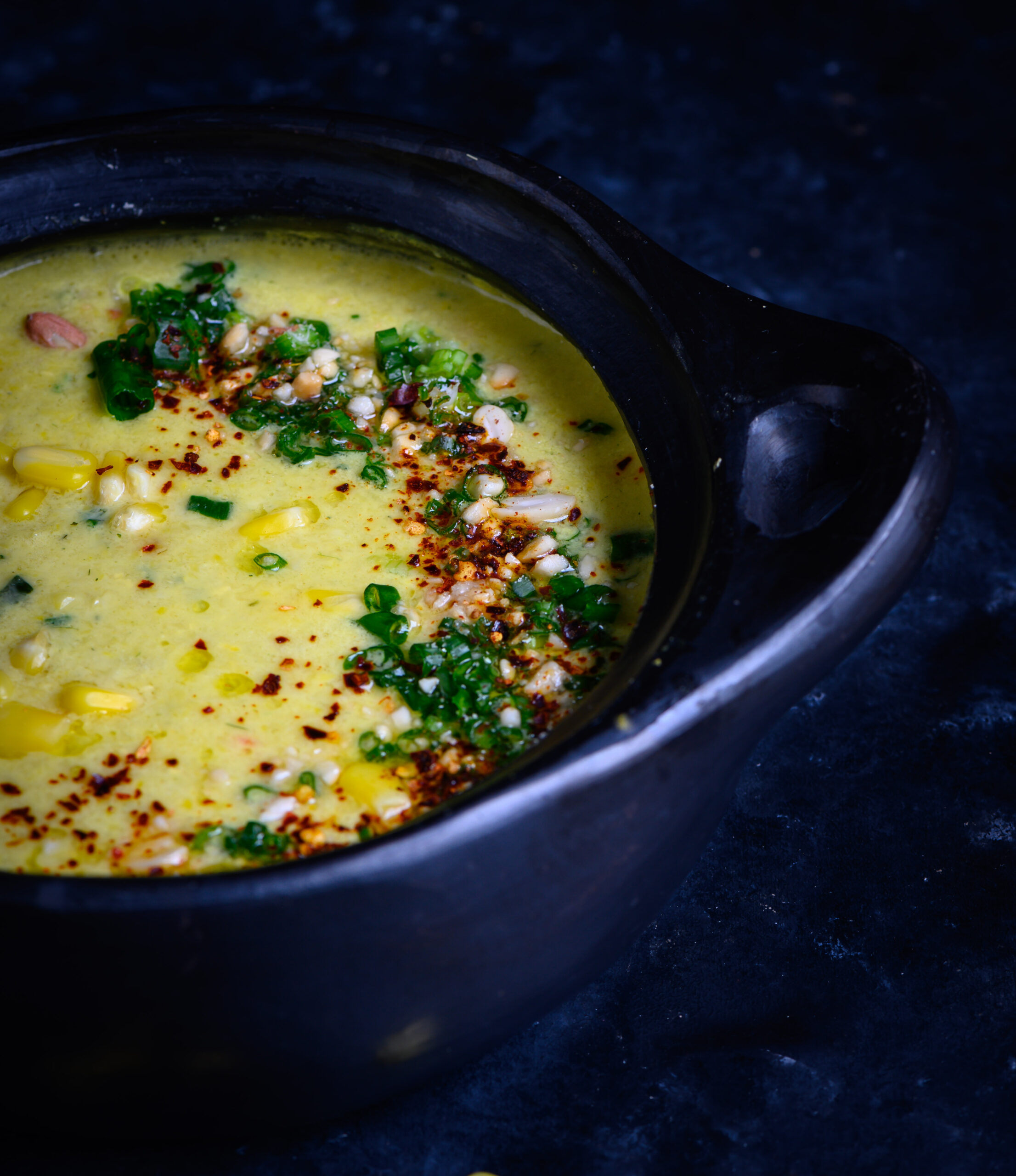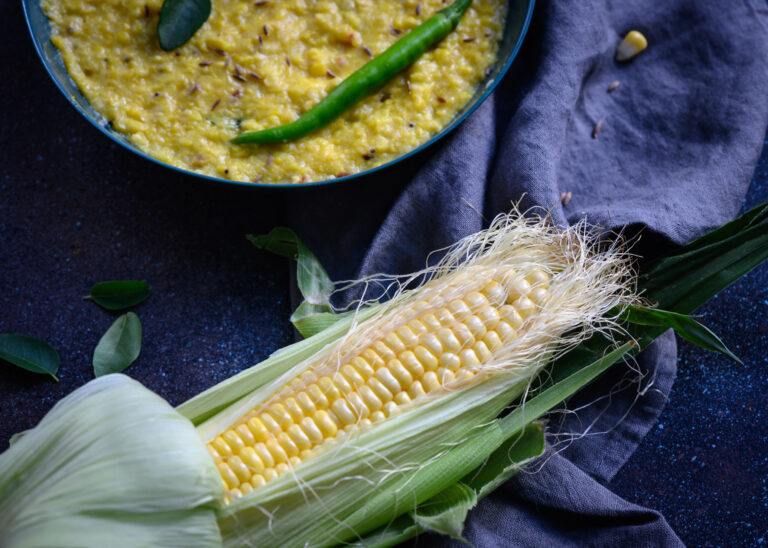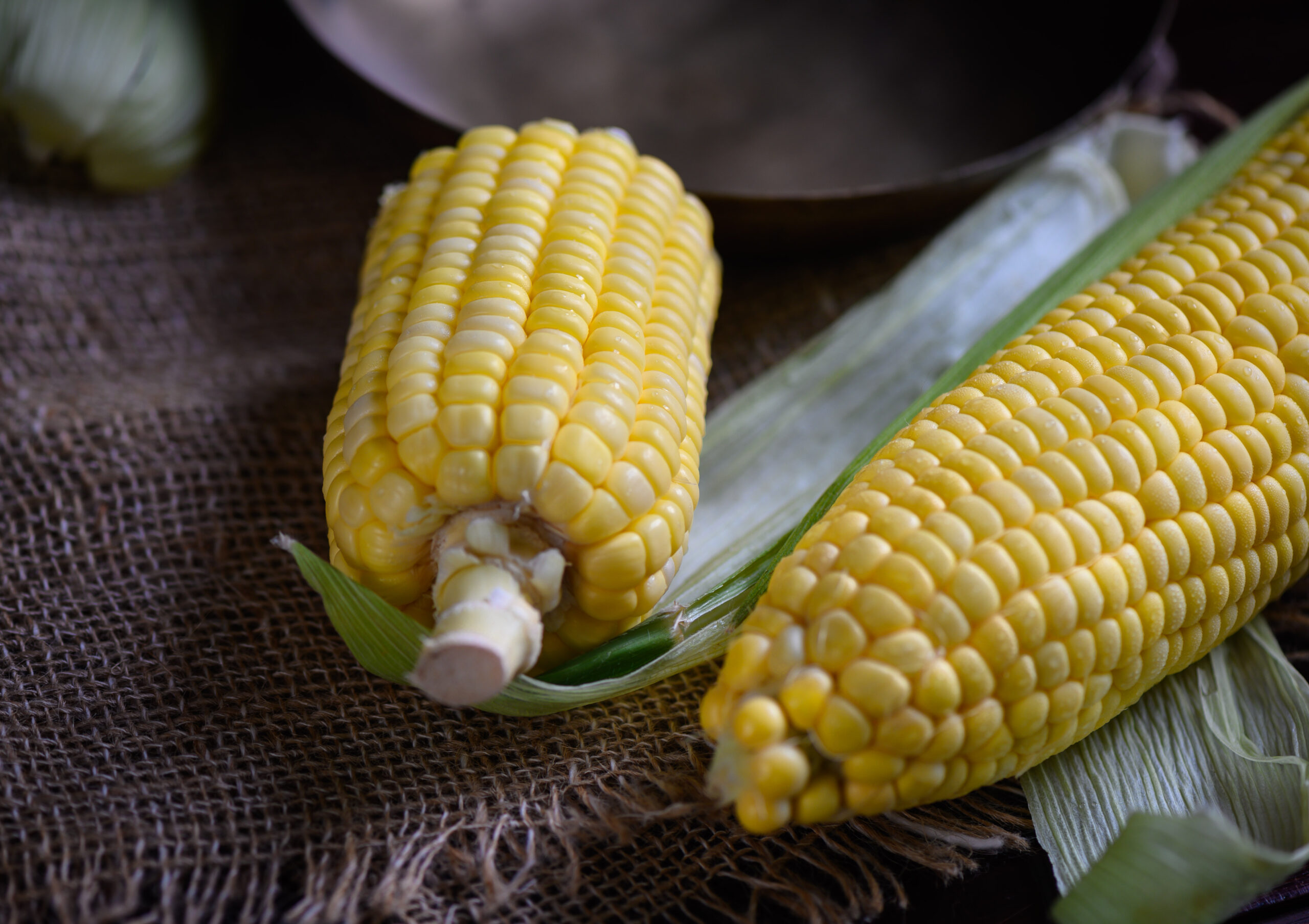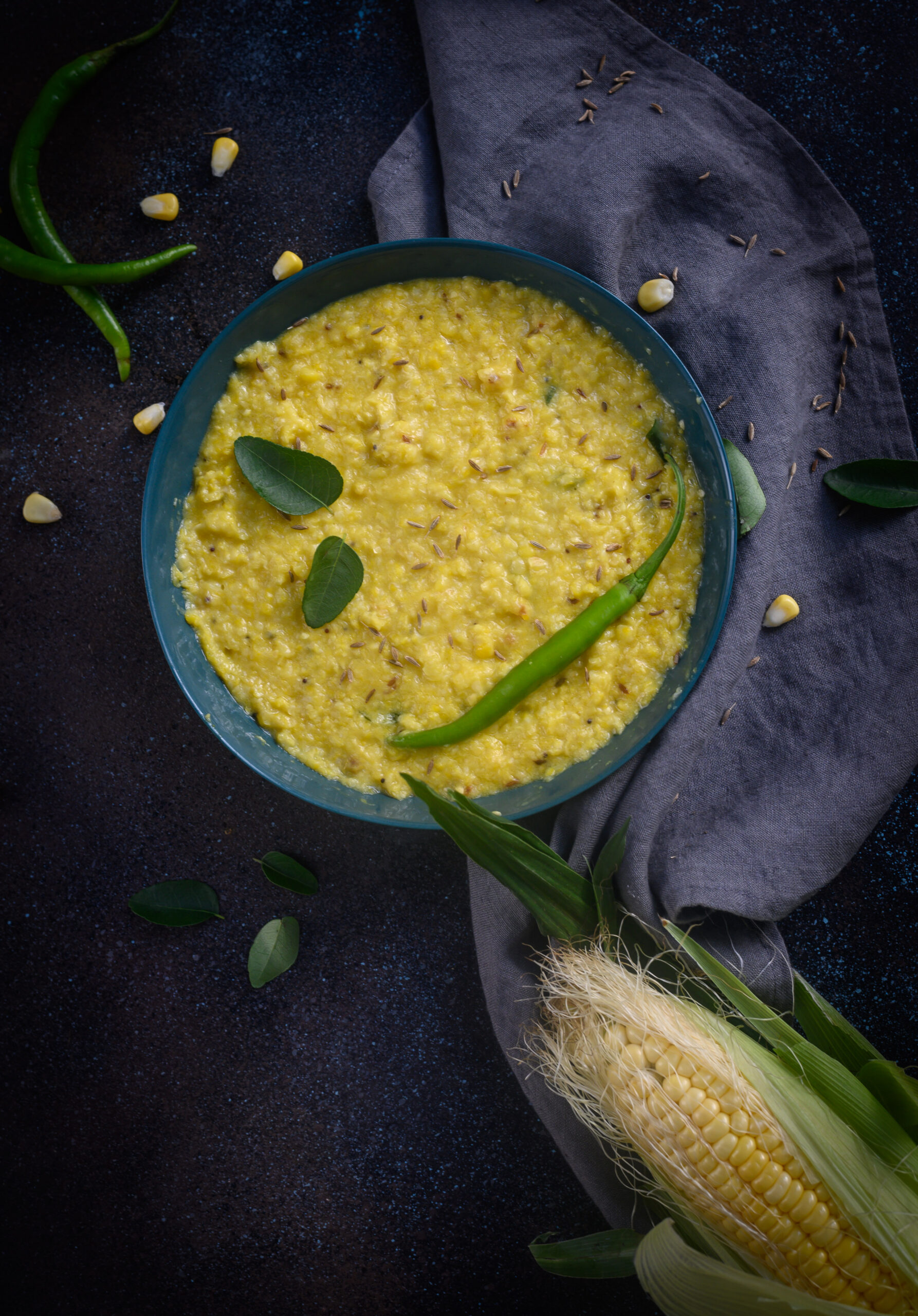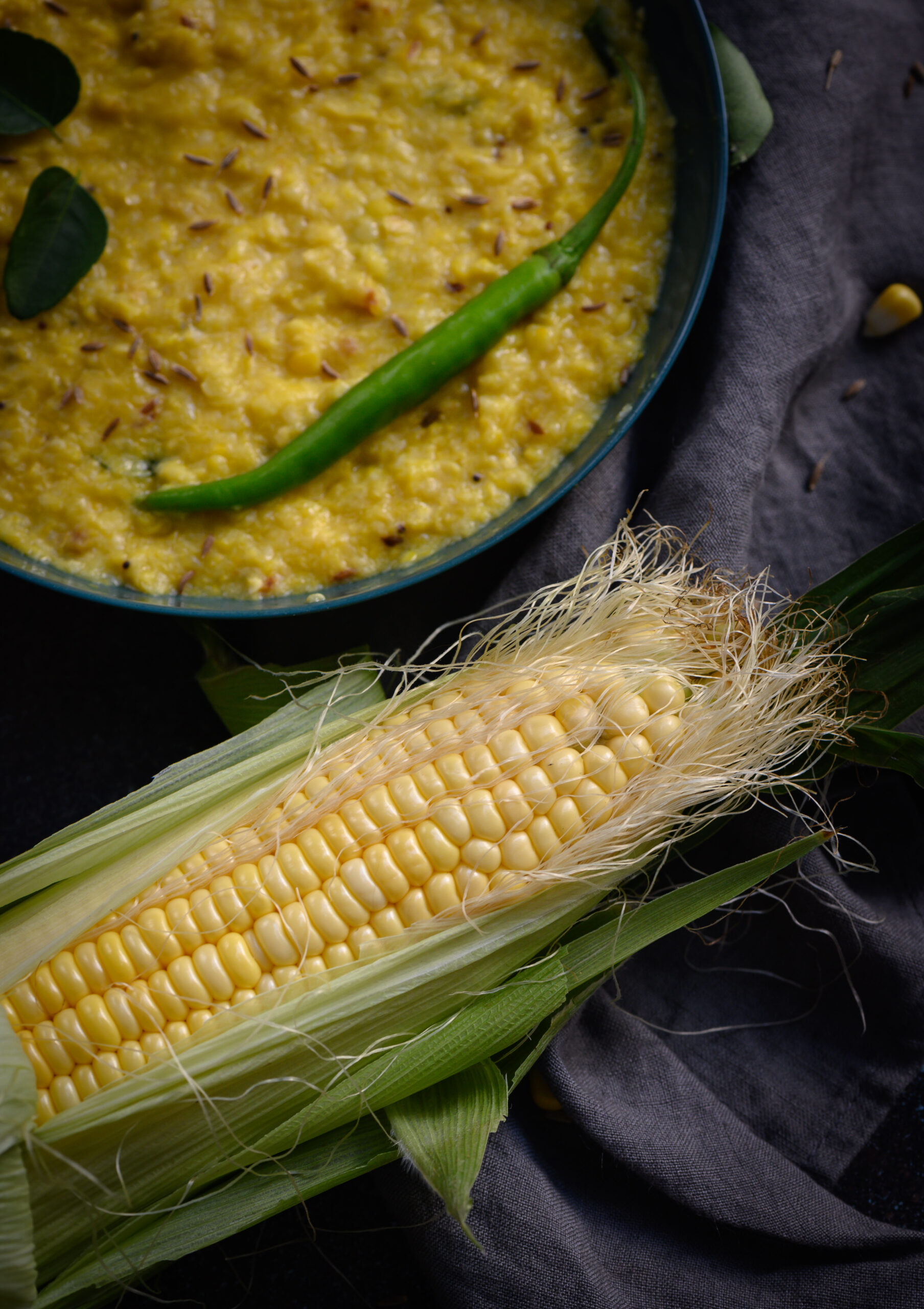I am among a lovely group of friends who make it a point to carve out time from our respective schedules and meet often. We are always there to entertain one another, to lend an ear during times of trouble, and to celebrate birthdays and other special occasions. At least once a month, we get together just to catch up – sometimes these are wine evenings, and yes, sometimes these are “whine” evenings too, but all said and done we just love to have fun! A part of having fun means taking the pressure off any individual to cater and host, so we usually have potlucks. We come from different backgrounds and have different culinary skills and styles, so we wind up enjoying an eclectic spread. My forte is homemade cakes and desserts, although I’ll occasionally bring a salad along. One particular friend in this group is famous for her paneer and corn cutlets, and in the spirit of creating even more fun, here is the recipe for it.
Whenever she brings her cutlets to our gatherings, we simply swoop down on them as they are amazing. We never tire of eating these, and she was generous with the recipe so that we could all have them more often too. For me, they called to mind my mom’s cutlets, which utilized potatoes rather than paneer. I made some tweaks, as I usually do, and this recipe is a combination of both of theirs.
This is a bit different from the usual cutlets that have only a single main ingredient. You can choose to substitute either the paneer or the corn with a filling of your choice. For some inspiration, you can check out some of my cutlet recipes from earlier too.
I chose to use paneer as I try to avoid using gelling agents like potato, cornflour and breadcrumbs in my cutlets to make them healthier. You can certainly use these if you prefer, especially as you will get a firm and thick cutlet with a proper shape if you do. Mine are softer, and cooking them in a flat pan can be a bit more difficult. I use a non-stick pan with very little oil and cook each cutlet on both sides. I don’t deep-fry them, so that they make for a somewhat more nutritious snack or starter.
Aside from my girly gang, my family also love these corn paneer cutlets, so I try to use them in versatile ways. Aside from being served with a dip or chutney, they also work well as patties. The large ones can even be served as the main part of a meal when you are avoiding grains. To make them bigger, you’ll need to dip them in egg and breadcrumbs, in that order, and pan-fry them. Then, layer them with vegetables and bread and have them as burgers or sandwiches. The mini ones can be turned into sliders too.
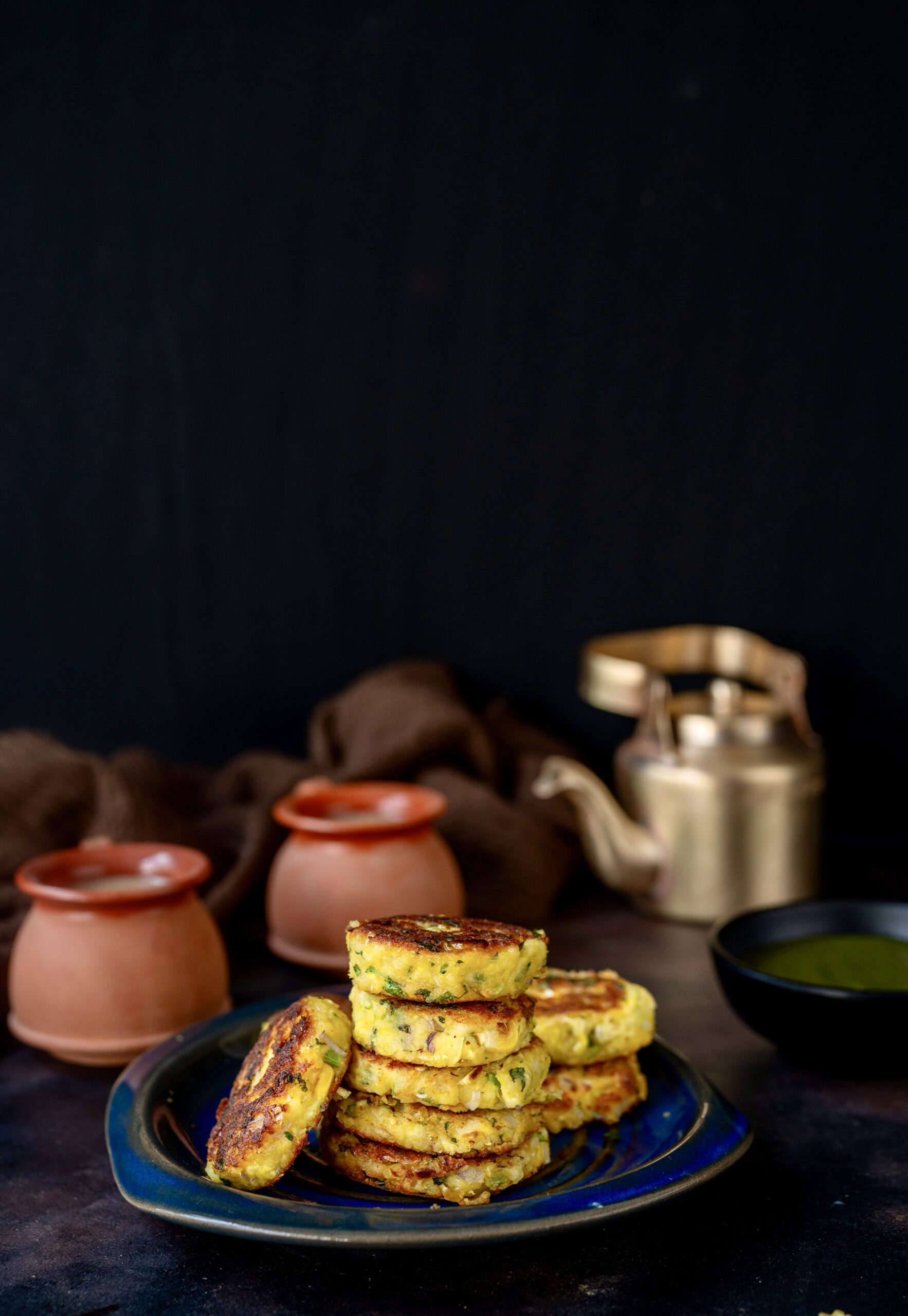
Corn & Paneer Cutlet
(Yield: 6-10 pieces)
1 cup grated paneer
½ cup whole corn (finely chopped)
1 teaspoon ginger green chili paste
1 teaspoon garam masala
1 teaspoon chaat masala
2 tablespoons coriander leaves (finely chopped)
Salt to taste
2 tablespoons oil
In a bowl, mix all the above ingredients using your fingertips.
Now, make small discs. Press them well so that they do not split while cooking and are slightly flat.
Add some oil to a heated pan and place the flattened discs on it.
Do not move them too much or flip them too quickly. Allow to cook on one side and only then gently flip them. Let them turn a golden colour on both sides.
Remove them and serve hot with a chutney of your choice.
Personally, I love making them bite-sized and popping them into my mouth with green chutney. As with many things, these corn and paneer cutlets are even better in the right company! I hope these make their way into your potlucks and parties too.
